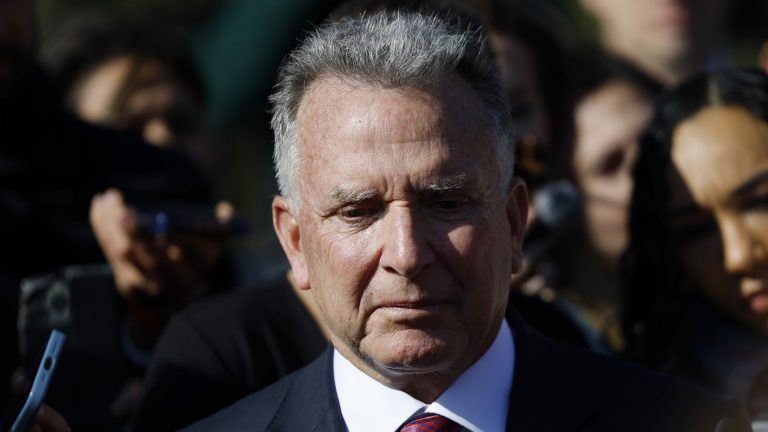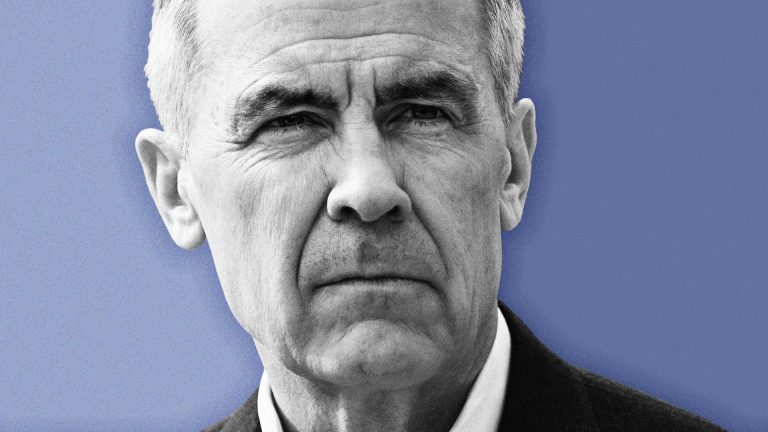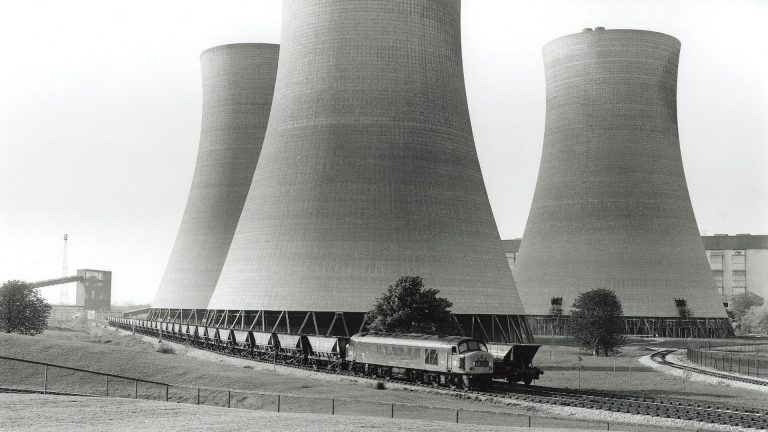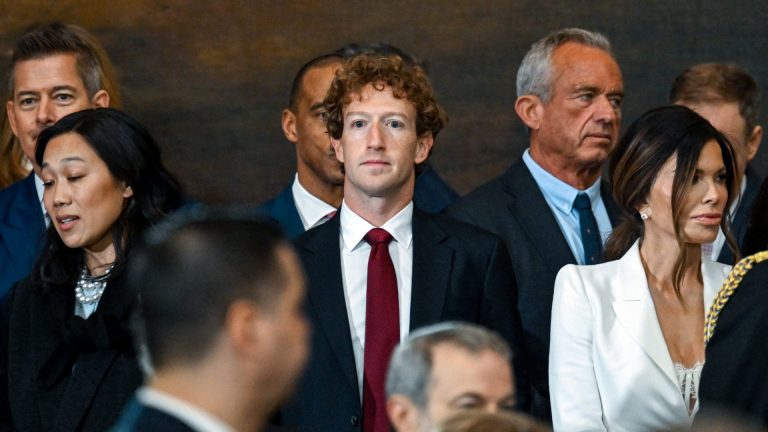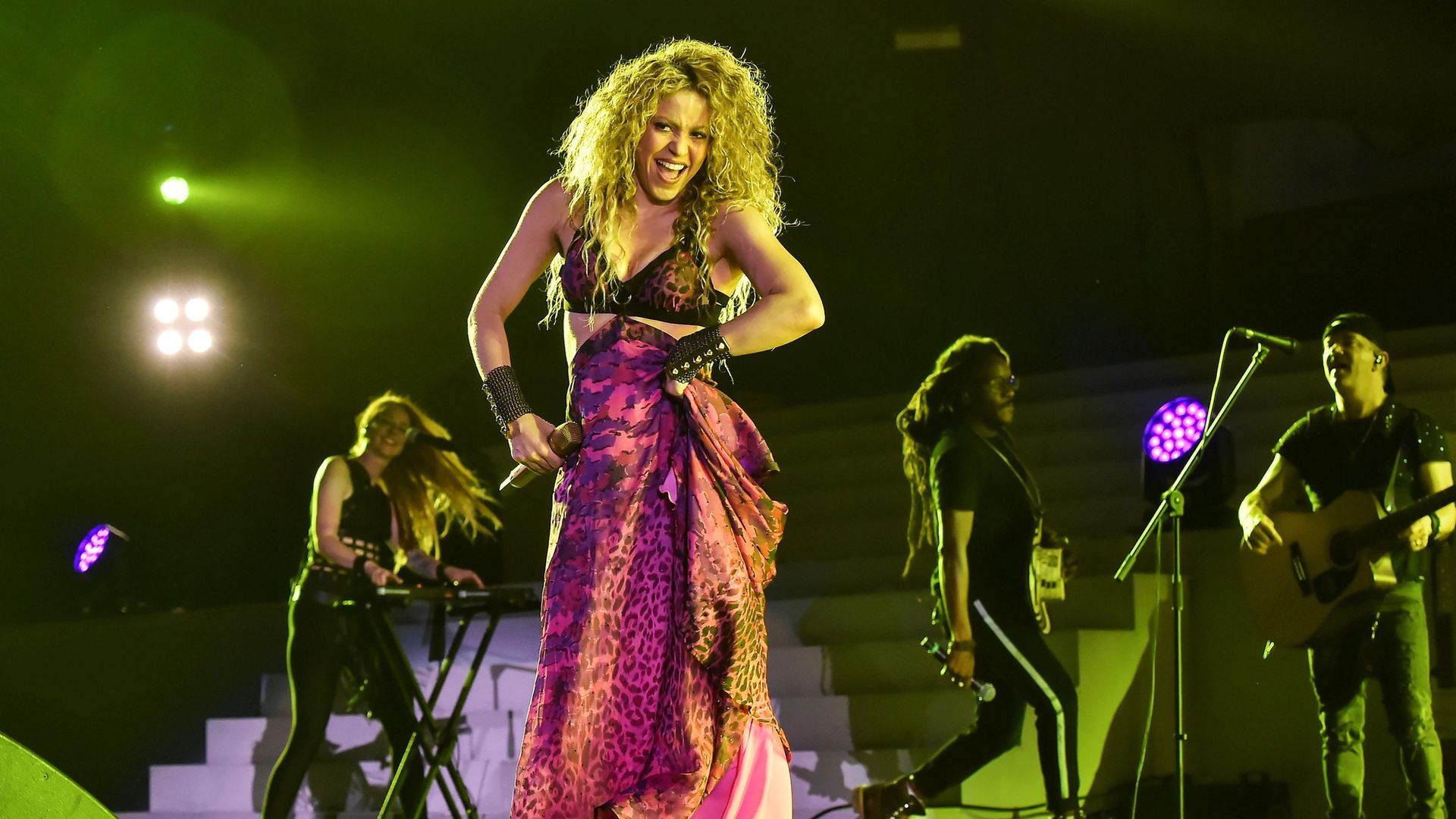
SOPHIA DEBOICK on a Colombian city characterised by great riches, then vast bloodshed, and a culture that has endured through both.
Barranquilla was once a byword for success. From the 16th century, the Colombian city’s position at the mouth of the Magdalena River and by the Caribbean Sea made it a crucial trading post, connecting it both to the rest of the world and the continent’s interior.
By the early decades of the 20th century it was beacon of modernity and progress in South America – the city opened the continent’s first airport in 1919 and two years later president Marco Fidel Suárez, on a visit to the city, dubbed Barranquilla the ‘Pórtico Dorado de la República’ (‘Golden Gate of the Republic’).
The decades since, marred with violence and political upheaval in Colombia, have not been kind to the city, which for many is now synonymous with urban squalor. But while its material assets have declined, Barranquilla’s cultural wealth is unassailable, and Costeño (Caribbean Colombian) culture is a heady mix of traditions drawn from the people from all over the world who have gone – or been forcibly brought – to that port city.
In Barranquilla the cultural inheritance from African slaves is strongly felt, as is the legacy of Arab immigration which began with the collapse of the Ottoman Empire then continued from Palestine in the late 1940s and Lebanon from the 1970s. But European and indigenous flavours are also found in this city of joyful music.
The Barranquilla Carnival is second only to Rio’s and has been recognised on UNESCO’s Intangible Heritage list. While it became formalised in the late 19th century, with a president and organising committee, it is of much older origins, and is a microcosm of the city’s multicultural history. Here Catholic tradition, African rhythms and dance and both Arab and indigenous instruments unite in an exploration of life and death that is nonetheless quintessentially barranquillero.
The four days of carnival festivities before Lent include various rituals around ‘Joselito’, the symbolic carnival king whose funeral takes place at the end of the carnival. But it is the centrepiece grand parade, with its drum troupes and wind instrument players, that is the carnival’s musical heart. Here the Afro-Colombian cumbia and the vallenato music specific to this part of Colombia’s Caribbean coast, with its characteristic use of the indigenous percussion instrument the guacharaca, African caja drum and the accordion, reign supreme.
While the exact origin of many of the sights and sounds of the Barranquilla Carnival are difficult to fathom, some of its traditions began at very specific moments in Colombian history. Its Battle of the Flowers was added after the civil war of 1899-1902, and the ‘El Descabezado’ character, a headless man wielding a machete, was born in the midst of another civil war.
‘La Violencia’, as it became known, began with the assassination of liberal leader Jorge Eliécer Gaitán in April 1948 and rumbled on between Liberal and Conservative factions for a decade. Teenage artist Ismael Medina, who had fled the violence in the countryside for the city, created El Descabezado as a symbol of Gaitán’s fate and the many others that came after him, debuting the costume at the 1954 carnival. El Descabezado has appeared in many versions every year since, and for all its fantasy, the carnival reflects the reality of Colombia’s tumultuous past.
Gaitán’s death and the violence that followed marked the end of Barranquilla’s golden age of prosperity, an age that was sound-tracked by the dance bands of the era, their infectious rhythms matching the vibrant, cosmopolitan life of the city.
Pacho Galán was a legendary bandleader and song writer of this period. Born and raised in Barranquilla and a member of countless bands in the thriving city of the 1920s, 1930s and 1940s, his invention of the merecumbé – a fusion of the merengue and cumbia – was his major contribution to Costeño music, and his 1952 merecumbé song Ay Cosita Linda became world famous when Nat King Cole covered it.
Yet, despite being a purveyor of upbeat dance music, Galán could not be unmoved by the events of his time. He wrote a song in tribute to the assassinated Gaitán in the late 1940s and his Que Viva el Frente Civil (‘Long Live the Civil Front’) came after the establishment of the power-sharing government in 1957 which ended the decade of violence.
But the 1960s saw more bloodshed in fighting between the government and armed political groups, and in the mid-1970s the coastal drug cartels became major operations, often co-opting the guerrillas and paramilitaries as muscle. As the cartels used both their growing wealth and their propensity to violence
to control government officials, musicians – highly significant public figures in a country where music means so much – sometimes got caught in the crossfire.
Aníbal Velásquez, the accordionist with a signature pencil moustache and known by the grand name of El Mago (‘The Magician’), was born in Barranquilla in the dance band days of the 1930s, but fled his homeland for Venezuela in the mid-1970s.
Velásquez, who had made his first recordings in the early 1950s with the band Los Vallenatos del Magdalena and went on to forge a new style of Cuban guaracha music, became a favourite among the drug lords and the heat of the situation prompted his nearly two-decade exile from his home city.
Rafael Orozco Maestre, the singer of popular vallenato band Binomio de Oro de América which was founded in Barranquilla in 1976, stayed in the city and paid the price for it. He was shot dead outside his Barranquilla home on the orders of the head of the North Coast Cartel, José Reynaldo Fiallo Jácome, in 1992 in what seems to have been an argument over a woman. Jácome himself was murdered soon after at the direction of notorious head of the Medellín Cartel, Pablo Escobar.
As problems of violence and deprivation have continued to plague Colombia, one star from Barranquilla has made promoting social change a personal mission. Shakira may be an appropriately glamorous ambassador for a country known for its impossibly leggy models and champion beauty queens, but her idiosyncratic singing and lyrics are what have made her a pop icon without the need for the qualifier ‘Latin’.
She has used her platform to lobby world leaders on the problems of poverty and lack of education in Colombia, both as head of has her own Pies Descalzos Foundation and as a UNICEF ambassador.
After gaining prominence in the Hispanic world with four Spanish language albums, Shakira was unleashed on the rest of the globe like a bomb in 2001, when her first English-language LP Laundry Service made her a spectacular crossover success. Lead single Whenever, Wherever topped charts across the world, the video introducing her as an earth-goddess-meets-Brigitte-Bardot, shaking her hips to that rarely-heard sound in pop, the Andean pan pipes.
More hip shaking – plus carnival imagery – inevitably came with Hips Don’t Lie in 2006, which gave Shakira a No.1 in America. The song included the line “En Barranquilla se baila asi” (“In Barranquilla they dance like this”), and she’s hardly forgotten her home city.
Her foundation built a school in Barranquilla in 2018, and the same year she performed at the opening ceremony of the Central American and Caribbean Games at the city’s Estadio Metropolitano Roberto Meléndez, the home ground of the Colombian national football team, where a somewhat naïve statue of her was installed in the year of that US No.1.
But Shakira also pays tribute to her home city in less tangible ways. Her performance at this year’s Super Bowl was dripping in the sights and sounds of the Barranquilla Carnival, with Afro-Colombian mapalé and champeta dancing prominently featured. But Shakira’s Arabic roots – she is third generation Lebanese – were also honoured, not only in her signature belly dancing, but the zaghrouta tongue-flicking ululation she did right into camera. Wherever they trace their roots back to, the unique musical alchemy of their city is in the blood of all barranquilleros.


